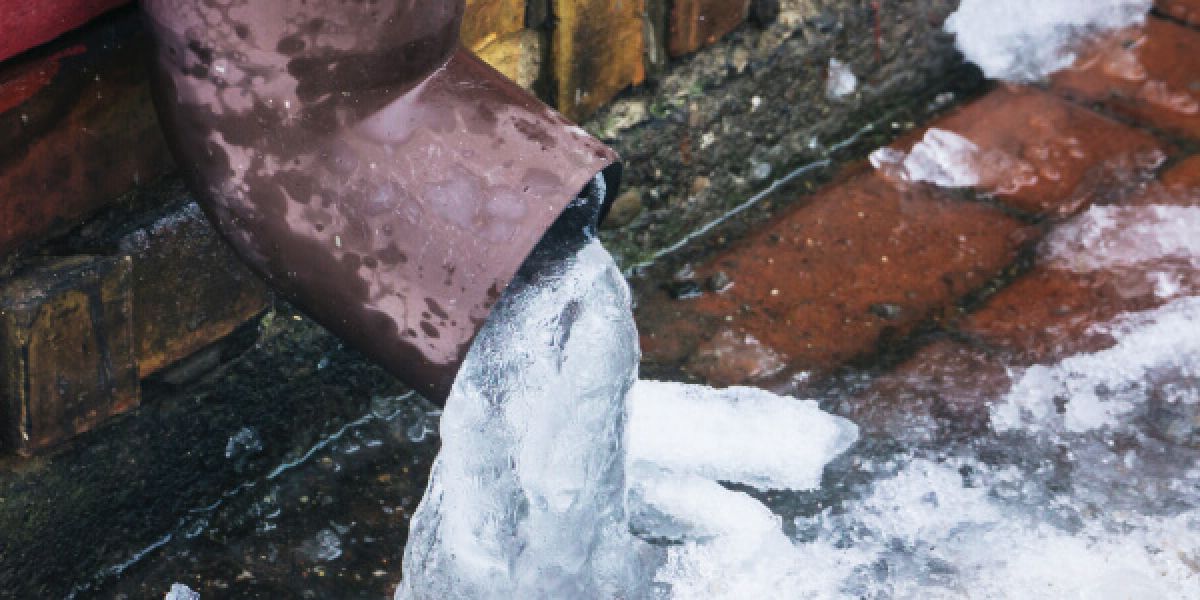Protecting Against Frozen Plumbing: Best Strategies for Cold Weather
Protecting Against Frozen Plumbing: Best Strategies for Cold Weather
Blog Article
What're your thoughts about How to prepare your home plumbing for winter weather?

Winter can wreak havoc on your plumbing, particularly by freezing pipes. Right here's just how to stop it from taking place and what to do if it does.
Intro
As temperature levels decline, the risk of frozen pipes boosts, potentially resulting in expensive repair work and water damage. Comprehending just how to stop frozen pipelines is crucial for homeowners in cool environments.
Understanding Icy Pipelines
What creates pipes to freeze?
Pipes freeze when subjected to temperatures below 32 ° F (0 ° C) for expanded durations. As water inside the pipelines ices up, it broadens, putting pressure on the pipeline walls and possibly causing them to rupture.
Threats and problems
Icy pipes can cause supply of water disruptions, property damage, and costly fixings. Ruptured pipes can flooding homes and trigger considerable architectural damage.
Indicators of Frozen Pipes
Determining frozen pipes early can stop them from breaking.
How to identify frozen pipelines
Seek lowered water flow from faucets, uncommon smells or noises from pipelines, and noticeable frost on exposed pipelines.
Prevention Tips
Insulating at risk pipes
Cover pipes in insulation sleeves or make use of heat tape to safeguard them from freezing temperatures. Concentrate on pipes in unheated or exterior locations of the home.
Heating strategies
Keep interior spaces appropriately warmed, especially locations with plumbing. Open closet doors to enable cozy air to circulate around pipelines under sinks.
Shielding Outside Pipes
Yard hose pipes and outside taps
Separate and drain garden hose pipes before wintertime. Mount frost-proof faucets or cover outdoor taps with shielded caps.
What to Do If Your Pipes Freeze
Immediate activities to take
If you presume icy pipelines, maintain taps open up to relieve pressure as the ice melts. Use a hairdryer or towels soaked in warm water to thaw pipelines slowly.
Long-Term Solutions
Structural modifications
Think about rerouting pipes far from outside wall surfaces or unheated locations. Include added insulation to attics, cellars, and crawl spaces.
Upgrading insulation
Invest in high-quality insulation for pipelines, attics, and wall surfaces. Correct insulation assists maintain regular temperature levels and minimizes the danger of frozen pipes.
Final thought
Avoiding icy pipes needs positive procedures and quick reactions. By comprehending the causes, indications, and safety nets, house owners can protect their plumbing throughout winter.
5 Ways to Prevent Frozen Pipes
Drain Outdoor Faucets and Disconnect Hoses
First, close the shut-off valve that controls the flow of water in the pipe to your outdoor faucet. Then, head outside to disconnect and drain your hose and open the outdoor faucet to allow the water to completely drain out of the line. Turn off the faucet when done. Finally, head back to the shut-off valve and drain the remaining water inside the pipe into a bucket or container. Additionally, if you have a home irrigation system, you should consider hiring an expert to clear the system of water each year.
Insulate Pipes
One of the best and most cost-effective methods for preventing frozen water pipes is to wrap your pipes with insulation. This is especially important for areas in your home that aren’t exposed to heat, such as an attic. We suggest using foam sleeves, which can typically be found at your local hardware store.
Keep Heat Running at 65
Your pipes are located inside your walls, and the temperature there is much colder than the rest of the house. To prevent your pipes from freezing, The Insurance Information Institute suggests that you keep your home heated to at least 65 degrees, even when traveling. You may want to invest in smart devices that can keep an eye on the temperature in your home while you’re away.
Leave Water Dripping
Moving water — even a small trickle — can prevent ice from forming inside your pipes. When freezing temps are imminent, start a drip of water from all faucets that serve exposed pipes. Leaving a few faucets running will also help relieve pressure inside the pipes and help prevent a rupture if the water inside freezes.
Open Cupboard Doors
Warm your kitchen and bathroom pipes by opening cupboards and vanities. You should also leave your interior doors ajar to help warm air circulate evenly throughout your home.

Hopefully you enjoyed our article on How To Avoid Freezing Pipes. Many thanks for finding the time to browse our post. If you enjoyed reading our blog posting plz consider to share it. I am grateful for your time. Kindly visit our website back soon.
Book Report this page